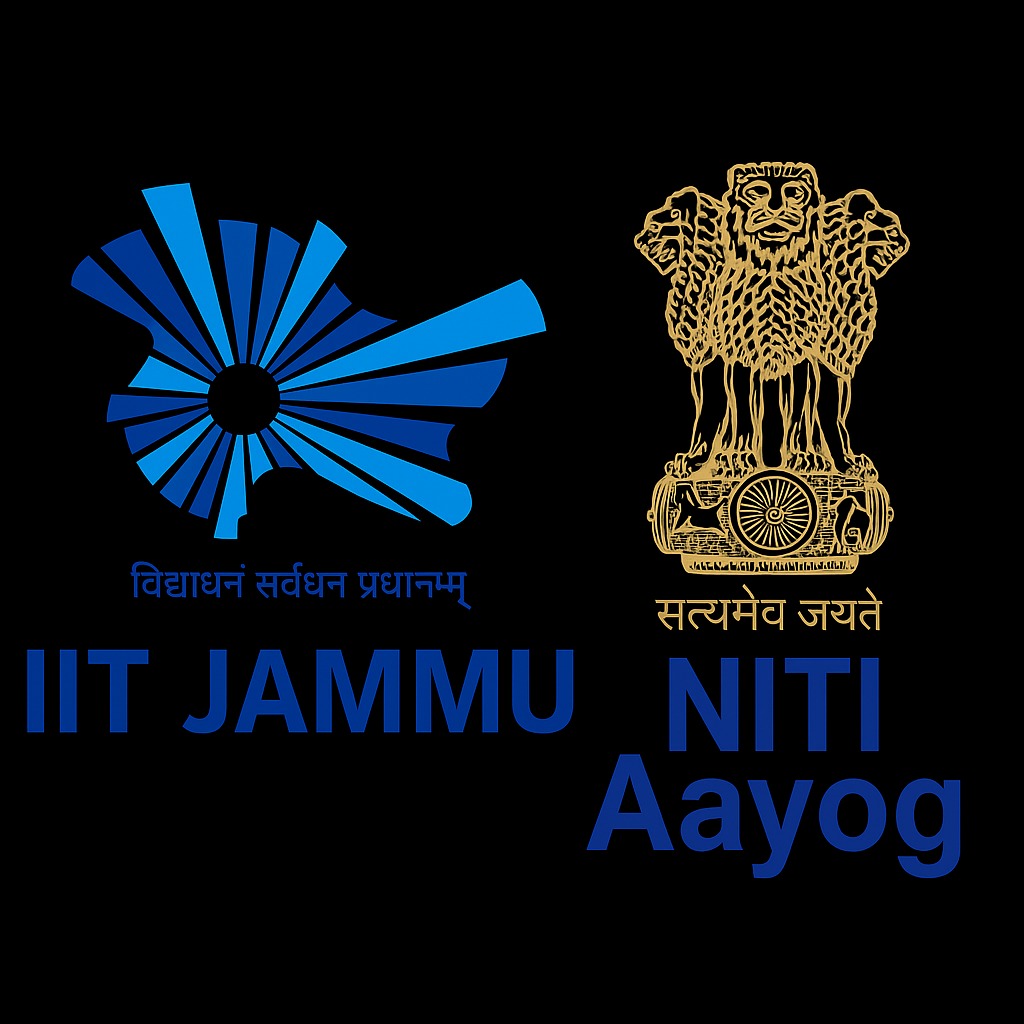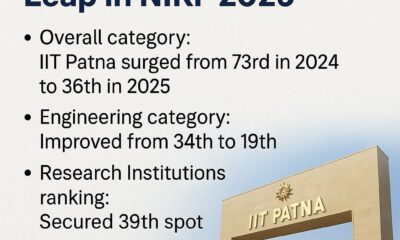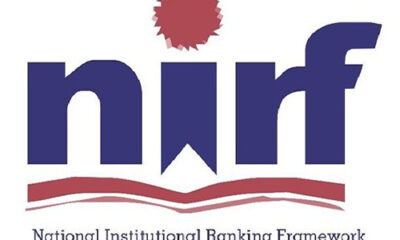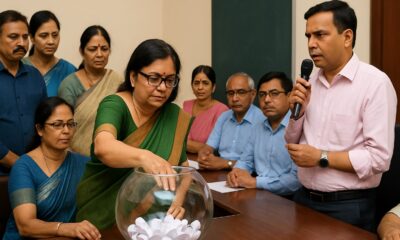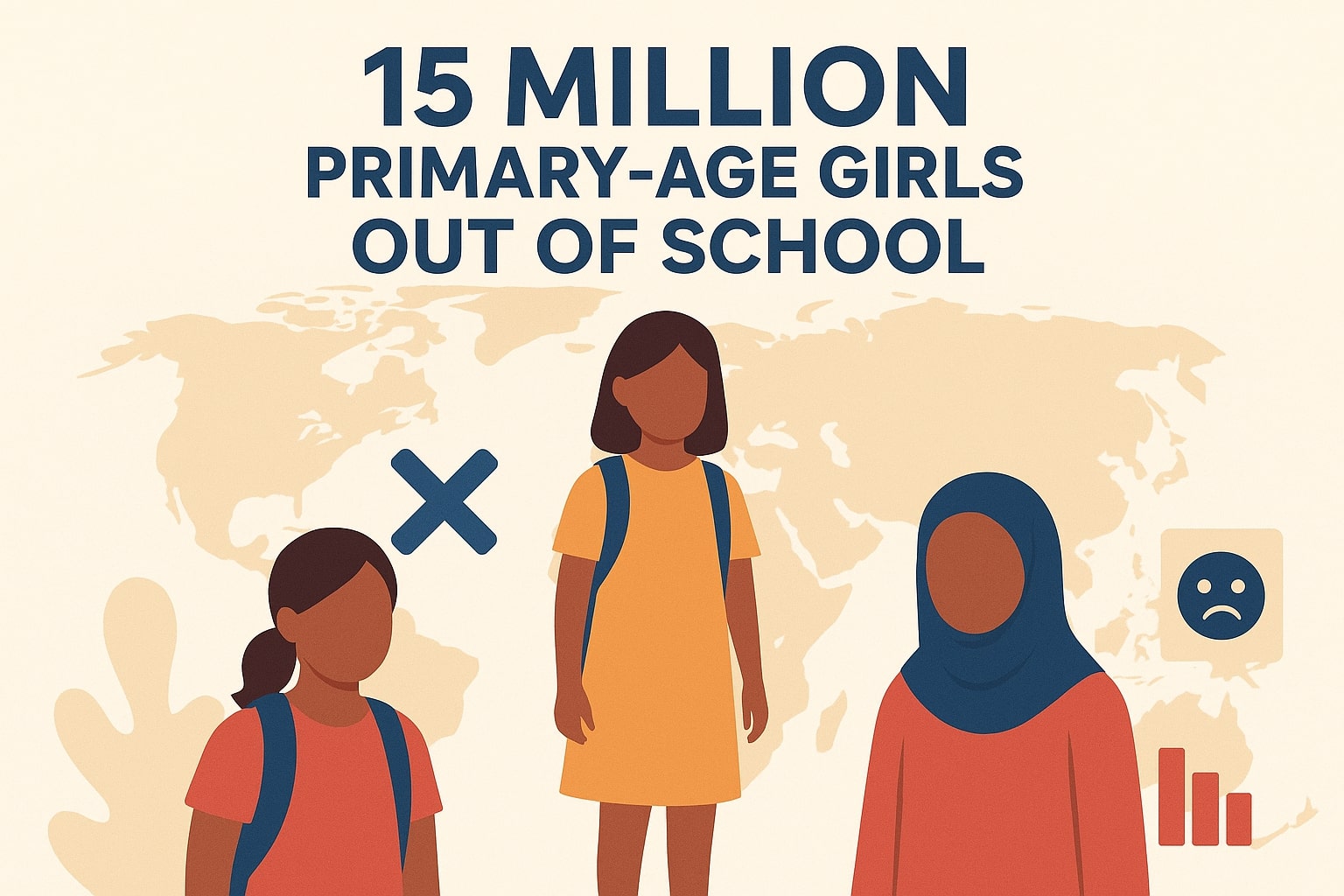In a significant move to strengthen India’s innovation ecosystem, the Indian Institute of Technology (IIT) Jammu, in collaboration with NITI Aayog, hosted the third Regional Consultative Meeting on Ease of Doing Research and Development (R&D) on July 14–15, 2025. Held at the institute’s Jagti campus, the two-day event brought together policymakers, academic leaders, research institutions, and government agencies to address challenges stifling India’s research output and propose actionable reforms.
Despite India doubling its R&D expenditure over the past decade—from approximately ₹60,000 crore in 2013–14 to over ₹1.27 lakh crore in 2024–25—the country’s R&D spending continues to stagnate at less than 0.7% of its GDP. This is significantly lower compared to countries like the USA, China, South Korea, and Japan, where R&D investment exceeds 2% of GDP, and the private sector plays a dominant role in funding and innovation. In India, the government remains the primary driver of research, highlighting a pressing need to engage industry more actively and simplify bureaucratic processes.
The consultation, inaugurated by Union Minister Dr. Jitendra Singh, focused on addressing the systemic bottlenecks that hamper research productivity in the country. Key areas of concern included cumbersome procurement procedures, lack of institutional autonomy, limited research infrastructure, and insufficient academia-industry partnerships. Attendees stressed the importance of streamlining administrative processes, decentralizing financial decision-making, and creating a more enabling environment for researchers.
The event witnessed participation from key stakeholders including Dr. V.K. Saraswat and Prof. Vivek Kumar Singh from NITI Aayog, IIT Jammu Director Prof. Manoj S. Gaur, senior scientists, university leaders, and representatives from premier institutions and funding agencies across Jammu & Kashmir, Ladakh, Himachal Pradesh, and Punjab. Their discussions highlighted the urgent need to build a strong research culture beyond metropolitan regions and to empower regional institutions to contribute meaningfully to national innovation goals.
One of the major themes of the consultation was bridging the gap between academic research and real-world applications. Speakers advocated for greater support in translating research outputs—such as patents and papers—into commercial innovations and scalable technologies. There was also a strong push to incentivize private sector participation and create joint R&D models that foster innovation while reducing the state’s financial burden.
This was the third such consultation in a nationwide series launched by NITI Aayog. Earlier sessions were held in Lucknow and Dehradun. Insights gathered from these regional dialogues will be used to formulate a comprehensive national roadmap aimed at enhancing the ease of conducting R&D across India. The roadmap will focus on policy reform, capacity building, and increased collaboration across ministries, academia, and industry.
By hosting this consultation, IIT Jammu has positioned itself as a key regional player in shaping India’s research future. The event underlined the need for inclusive and scalable reforms to improve India’s R&D climate and help the country achieve its long-term goal of increasing R&D expenditure to 2% of GDP. The momentum generated by these discussions is expected to lead to concrete changes in policy and implementation strategies in the coming months.

 Tech4 months ago
Tech4 months ago
 Bihar4 months ago
Bihar4 months ago
 Results3 months ago
Results3 months ago
 Admissions3 months ago
Admissions3 months ago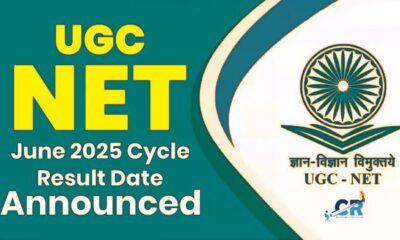
 Results4 months ago
Results4 months ago
 Education4 months ago
Education4 months ago
 Education3 months ago
Education3 months ago
 Business3 months ago
Business3 months ago
